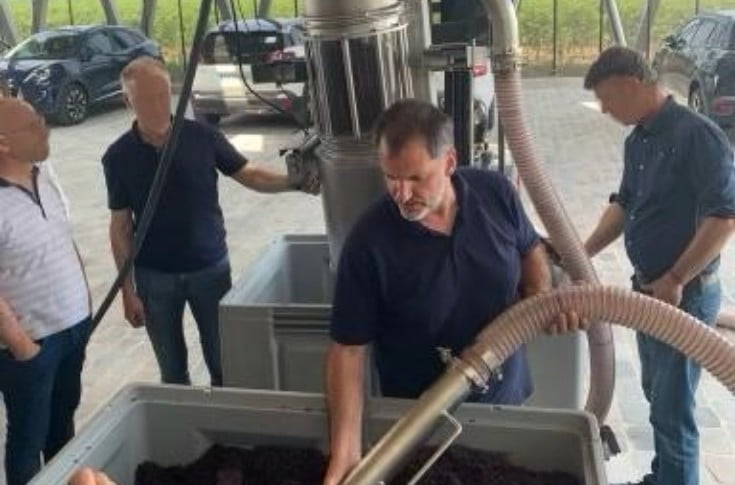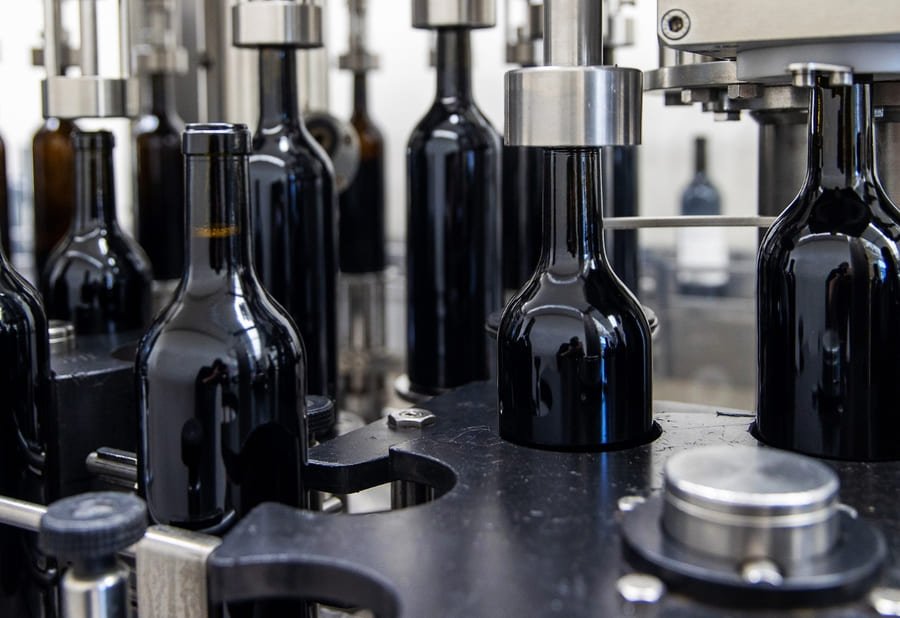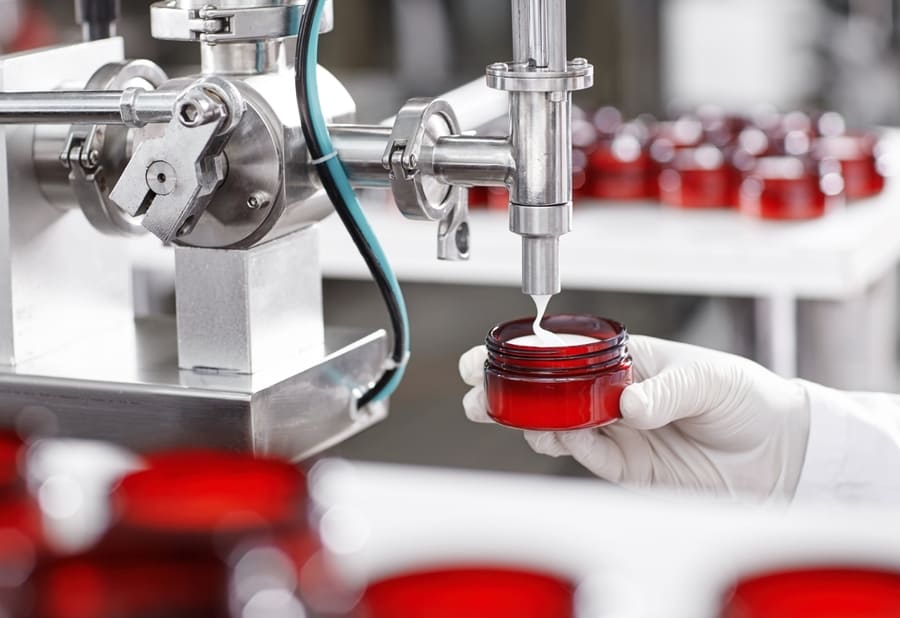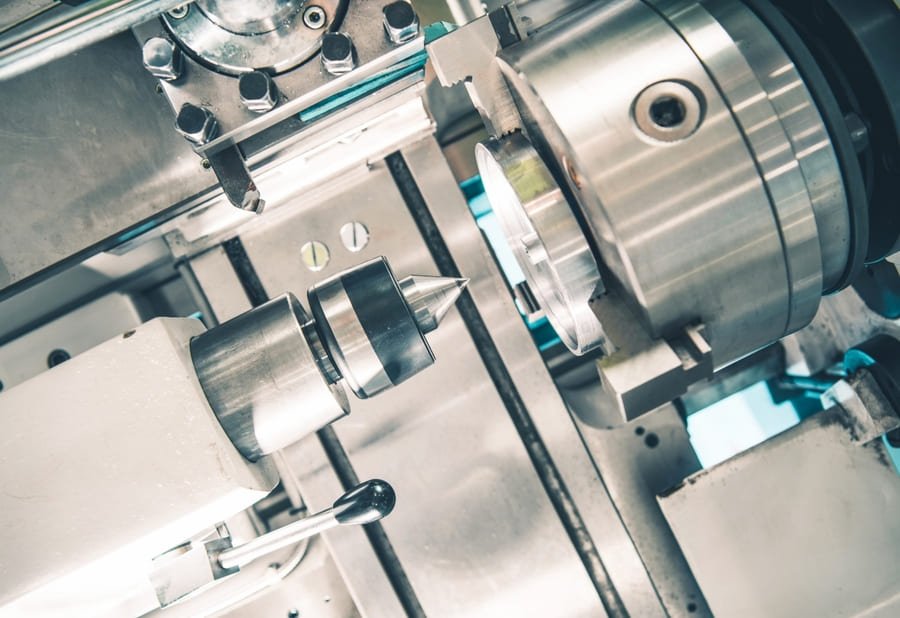News
A “harvest hoover” to make decanting easier

Less staff, more comfort: no more stressful decanting with this new tool. Trials are planned at various wineries for the next harvest.
I've never seen such enthusiasm for a piece of equipment. All the wineries we've presented it to want to try it out in their cellars for the next harvest!" enthuses Mathieu Boudoux, oenologist and founder of MBO Vision, which distributes the equipment.
A grape harvest hoover
Unveiled at the end of June in the Bordeaux region, this tool has been specially designed by Céfinox for devatting. "It works like a hoover. A suction tube connected by a flexible hose to a vacuum pump sucks up the marc and temporarily fills an intermediate tray, fixed by a bracket above the press, under the vacuum pump. When the tank is full, a valve opens and discharges the grapes by gravity into the press. Then the cycle repeats itself," explains Paul Guyard, oenologist and co-manager of Céfinox, pointing out that the hose can be up to 120 metres long. "There's no need for a power supply - the vacuum pump runs on compressed air. However, it does require a substantial flow rate," he explains.
Throughput depends on the operator and the market
This innovative system, which is already used in the food industry, is easy to use because it has just two adjustment buttons: "The suction time and the valve opening time. This will enable our customers to manually adjust the flow rate they require according to the quality of the marc," explains Paul Guyard, who points out that customers will be coached on how to use the tool. "Although the question of throughput is often raised, we can't give a precise answer, as it largely depends on the operator and the quality of the pomace".
And that's not all, because the pump can also run dry. "There are no monitoring constraints, unlike conventional pumps," says Paul Guyard. "And fewer operators too. Some châteaux now use service providers to come and decant the wine. When they use their own operators, up to five people are sometimes needed. With this tool, all you need is one person to vacuum and another to monitor the filling of the press," says Mathieu Boudoux. "This will improve organisation and operator comfort. We're also going to develop a harness to take the strain off the operator, because the suction cane weighs around 5 to 6 kg.
Multi-function
This mobile tool, which sucks up solids and liquids, has a wide range of uses: transporting fresh grapes, pumping over, transferring lees, sucking up optical sorting waste, etc. "At no point do we have any degradation or crushing if the grapes are intact from the start," explains Paul Guyard. There's never any degradation or crushing if the grapes are intact to begin with," explains Paul Guyard. From a hygiene point of view, the tool can be completely dismantled, thanks to the components all being connected by clamp-type clamps.
"With this pre-demonstration campaign, we have validated the interest in this tool and the relevance of the solution. Now it's time to carry out trials with our future customers, who now want to validate the work rate during the harvest.
says Mathieu Boudoux, who will be testing the tool in the Bordeaux region, the east of France and in Oregon in the United States.
The tool is not suitable for whole or destemmed grapes
The only drawback is that the stalks can restrict suction. "The tool is not suitable for sucking up whole or only slightly de-stemmed grapes," explains Paul Guyard. This innovation costs between €22,500 and €25,000 excluding VAT, depending on the installation (bracket, support, etc.) and the number of suction accessories.





